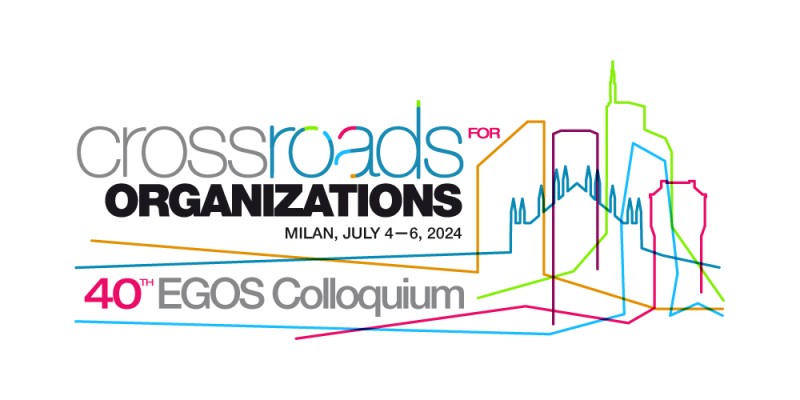Sub-theme 83: Universities Facing the Crossroads of Managerialism and Digitalization
Call for Papers
Until the 1980s, the organizational study of universities showed how particular organizations they are. Some thus emphasized
the collegial nature of teaching and research institutions (Goodman, 1962). Other stressed how they escape the Weberian bureaucratic
model while nevertheless sharing some of its characteristics (Blau, 1973). Still others underlined their hybrid character
as professional bureaucracies (Mintzberg, 1979), or their politics-driven disposition in terms of resource dependence theory
(Pfeffer & Salancik, 1974). Karl Weick (1976), in turn, described them as loosely coupled systems, while James March and
his co-authors used the marvelous oxymoron of organized anarchy to qualify them and demonstrated, not without a certain irony,
that their decisions fall under the garbage can model of decision-making (Cohen, March & Olsen, 1972).
However, in the 1980s, universities reached the corporate crossroad. The reforms undertaken in most countries, often under
the banner of New Public Management, explicitly aimed to transform universities by making them adopt an entrepreneurial or
managerial model (Slaughter & Lesley, 1997). Research on universities then took on a new face, increasingly observing
growth in number and qualification of central administrative services, development of management software, production of activity
indicators, creation of new services and hierarchical strata, methods of more streamlined resource allocation, etc. (De Boer,
Enders & Schimank, 2007). In other words, universities had become more organized, more structured, and more hierarchical.
At the same time, particularly during the pandemic, universities have faced another crossroad: the increasing
role of information technology. While physical meetings with students and researchers earlier had been the standard, digital
or hybrid solutions have developed. In addition, information technology has provided radical new opportunities to access and
diffuse information, which have also led to new challenges regarding quality assessments. Plagiarism has flourished as well
as the use of metrics for quantitative evaluations of institutions and scholars. In addition, the development of information
technology has provided a counterforce towards the above-mentioned trend towards more organization, more structure and more
hierarchy. In fact, present-day universities appear increasingly to develop into network organizations, in which faculty members
facing meticulous assessments avoid physical meetings in order to be able to produce papers eligible for top journals in their
field.
Against the above backdrop, the sub-theme aims to invite contributions that shed light on the organizational
changes taking place in universities in view of pressures for more management as well as the impact of modern information
technology. Both conceptual and empirical papers are invited. We, particularly but not only, welcome submissions that examine
the following aspect of universities:
The growth of administrative units
The development of hierarchical strata
The use of performance indicators
New developments in teaching
The impact of information technology on research
Problems of quality control
References
- Blau, P.M. (1973): The Organization of Academic Work. New York: Wiley.
- Cohen, M.D., March, J.G., & Olsen, J.P. (1972): “A garbage can model of organizational choice.” Administrative Science Quarterly, 17 (1), 1–25.
- De Boer, H., Enders, J., & Schimank, U. (2007): „On the way towards new public management? The governance of university systems in England, the Netherlands, Austria, and Germany.” In: D. Jansen (ed.): New Forms of Governance in Research Organizations. Dordrecht: Springer, 137–152.
- Denis, J.L., Langley, A., & Rouleau, L. (2007): “Strategizing in pluralistic contexts: Rethinking theoretical frames.” Human Relations, 60 (1), 179–215.
- Goodman, P. (1962): The Community of Scholars. New York: Random House.
- Mintzberg, H. (1979): The Structuring of Organizations: A Synthesis of the Research. Englewood Cliffs, NJ.: Prentice-Hall.
- Pfeffer, J., & Salancik, G.R. (1974): “Organizational decision making as a political process: The case of a university budget.” Administrative Science Quarterly, 19 (2), 135–151.
- Slaughter, S., & Leslie, L. L. (1997): Academic Capitalism: Politics, Policies, and the Entrepreneurial University. Baltimore: Johns Hopkins University Press.
- Weick, K.E. (1976): “Educational organizations as loosely coupled systems.” Administrative Science Quarterly, 21 (1), 1–19.


